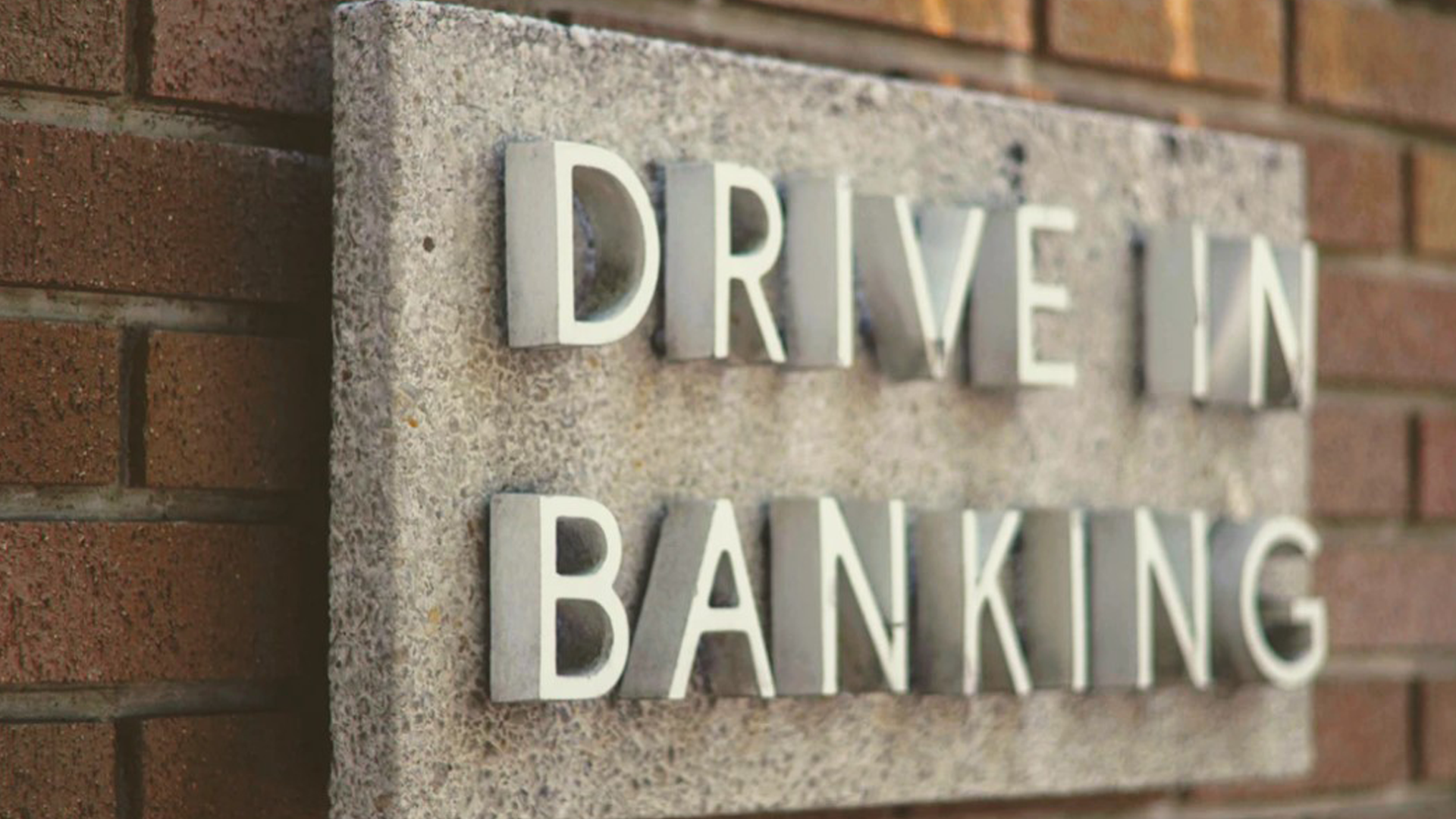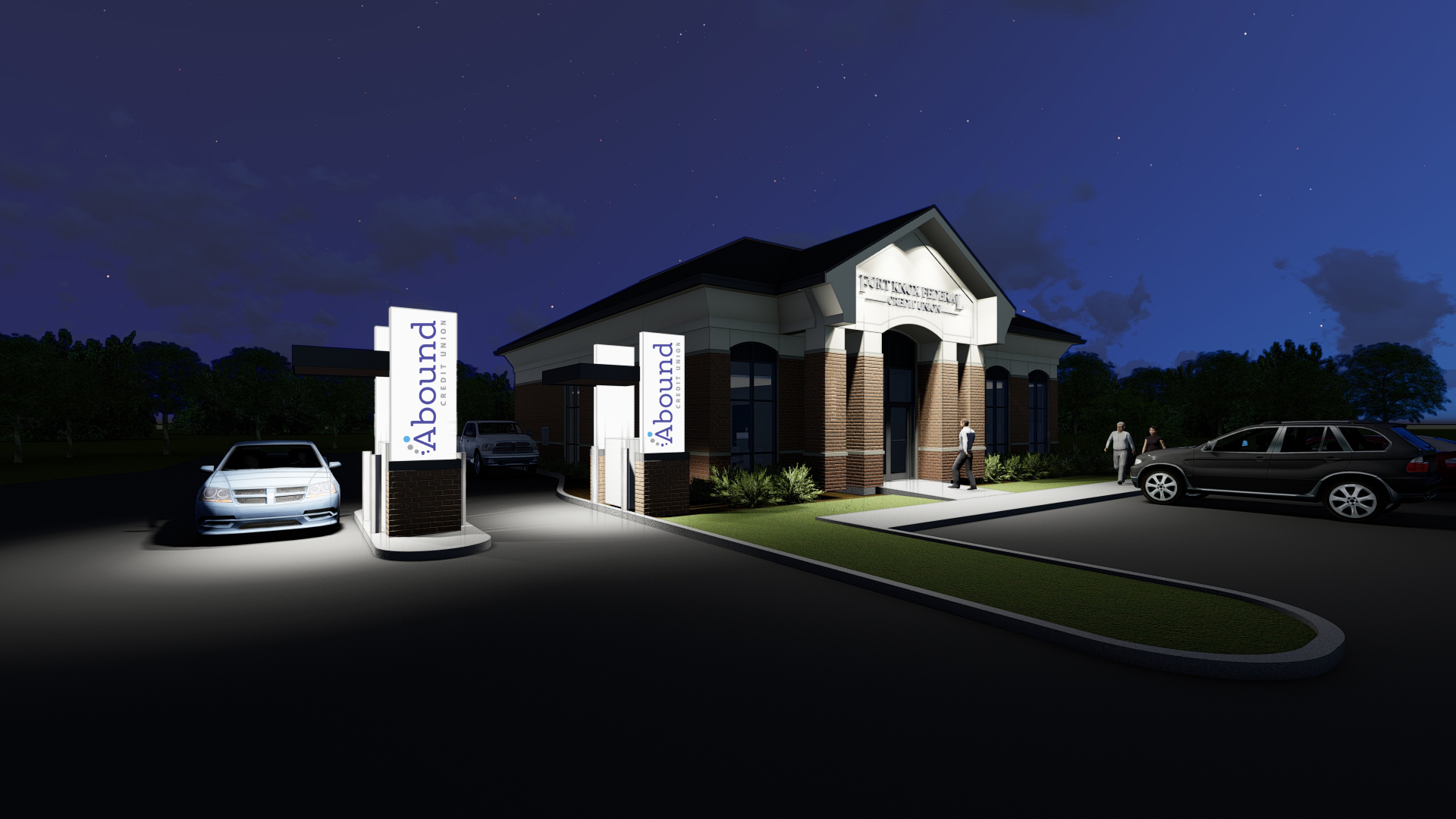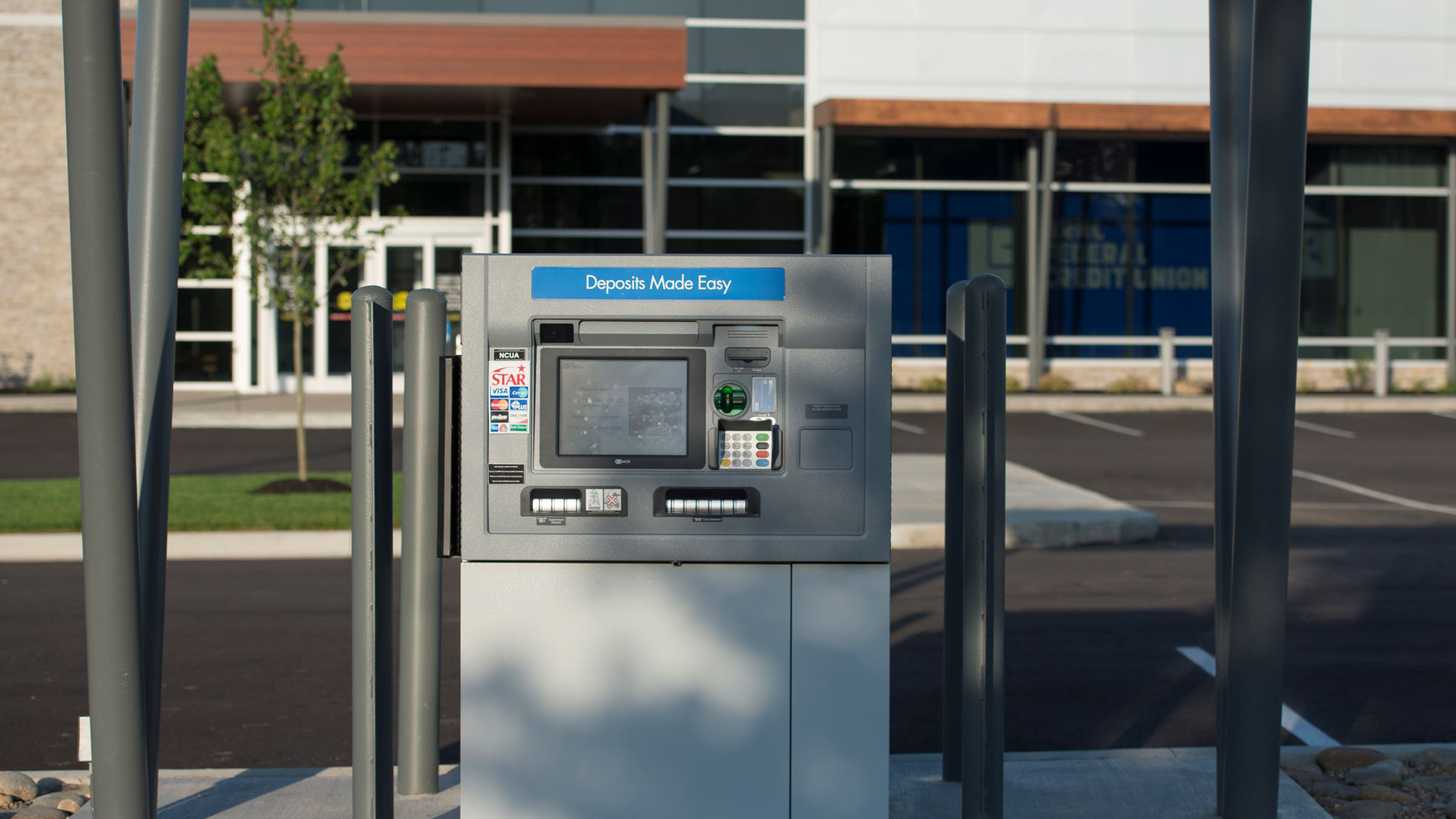What does COVID-19 mean for the Future of Retail Banking?
By Adam James, AIA
July 12, 2021Post Tagged in
In the past few weeks, the recent COVID-19 virus has turned our world upside down and has affected every industry in some way.
Financial institutions are seeing their branches and lobbies either being shut down or drastically changing their normal day-to-day operations, relying on helping customers from a distance. Mobile banking is one solution allowing customers to perform many of the same transactions they can do in the branch, but it doesn’t work for everyone, especially for those customers who prefer or demand talking in person to their banking experts about loans, wealth management, or anything else concerning their finances, especially in times like this. But what happens when branches are forced to shut down due to an event like the Coronavirus? How can you still reach the individuals who can answer your questions and help you with your transactions?



